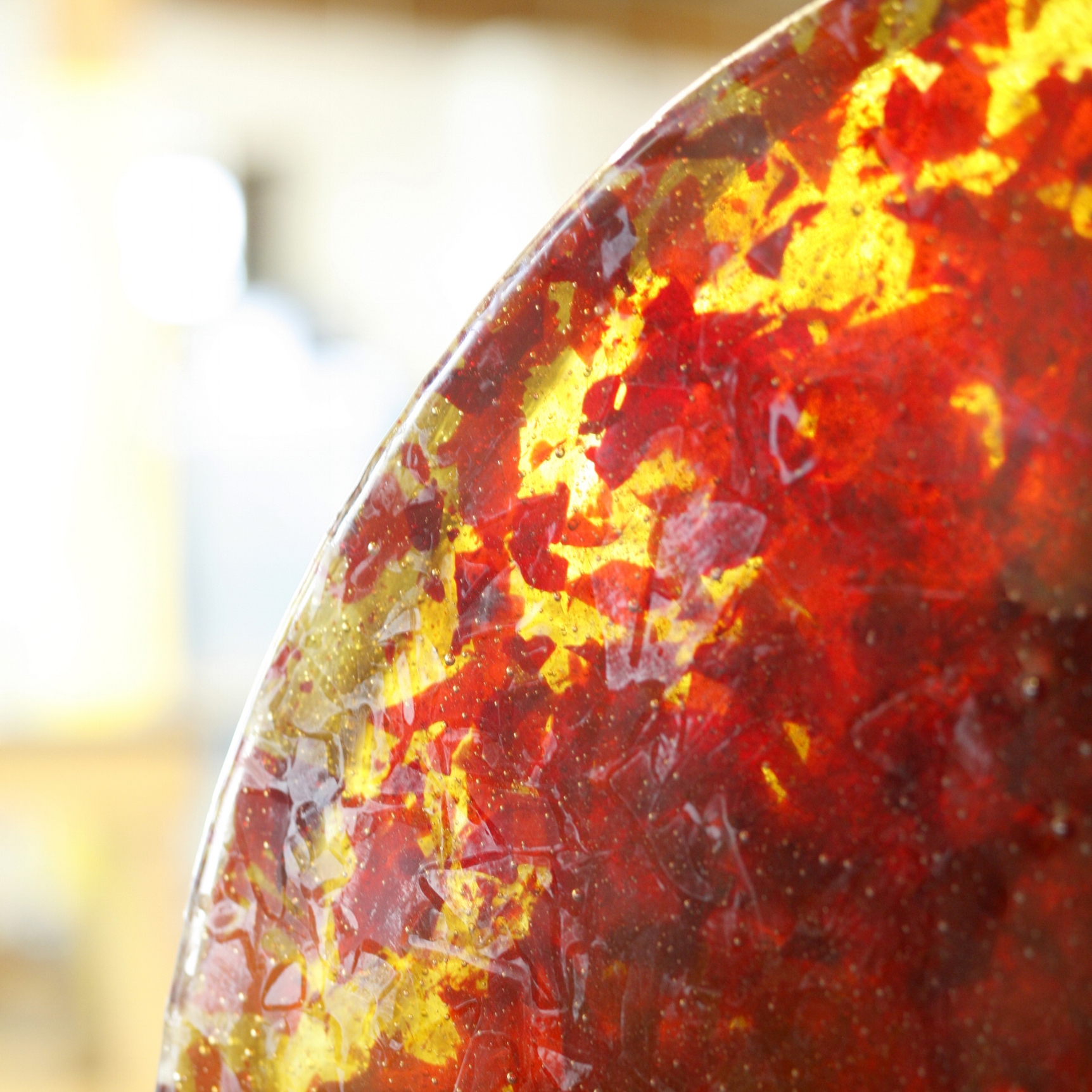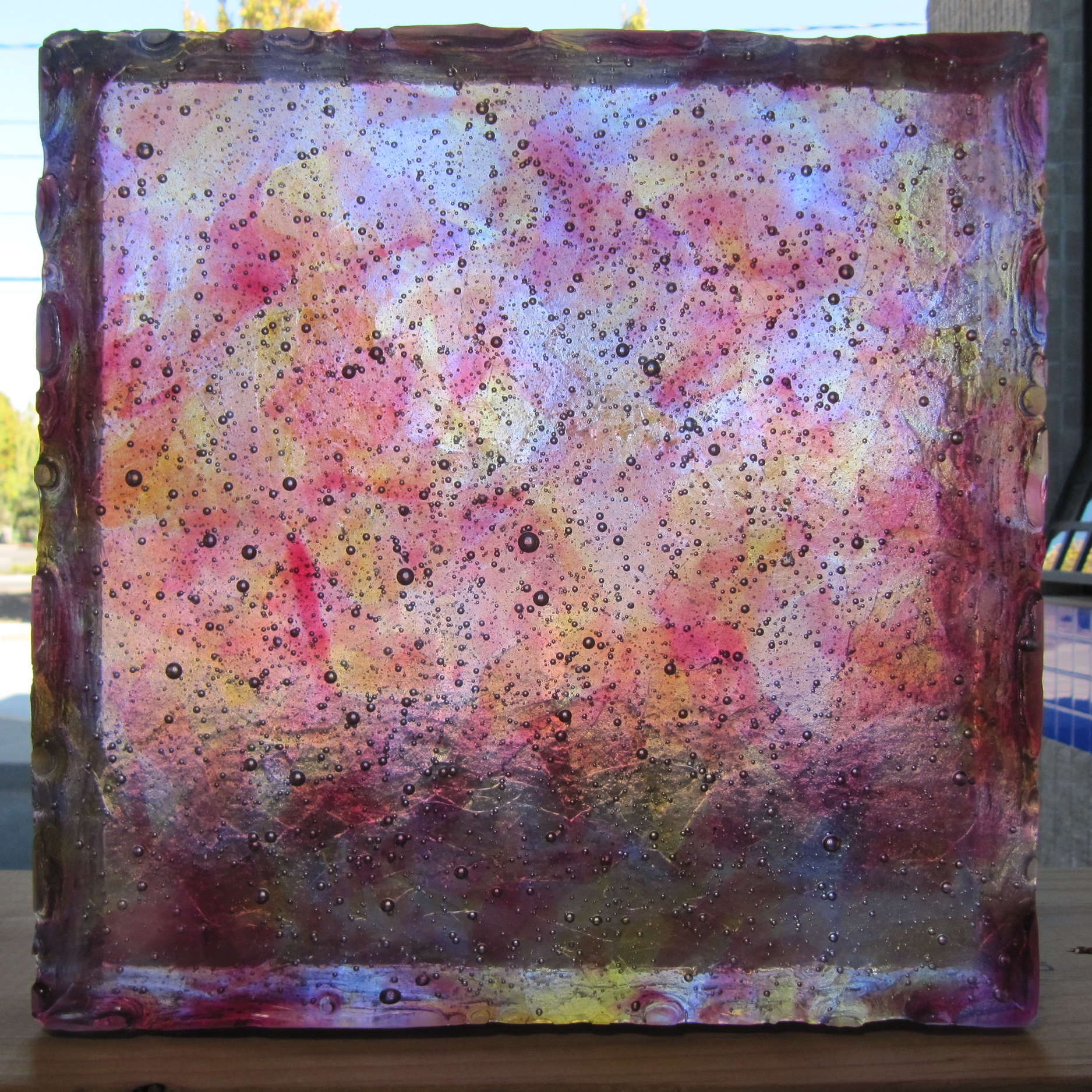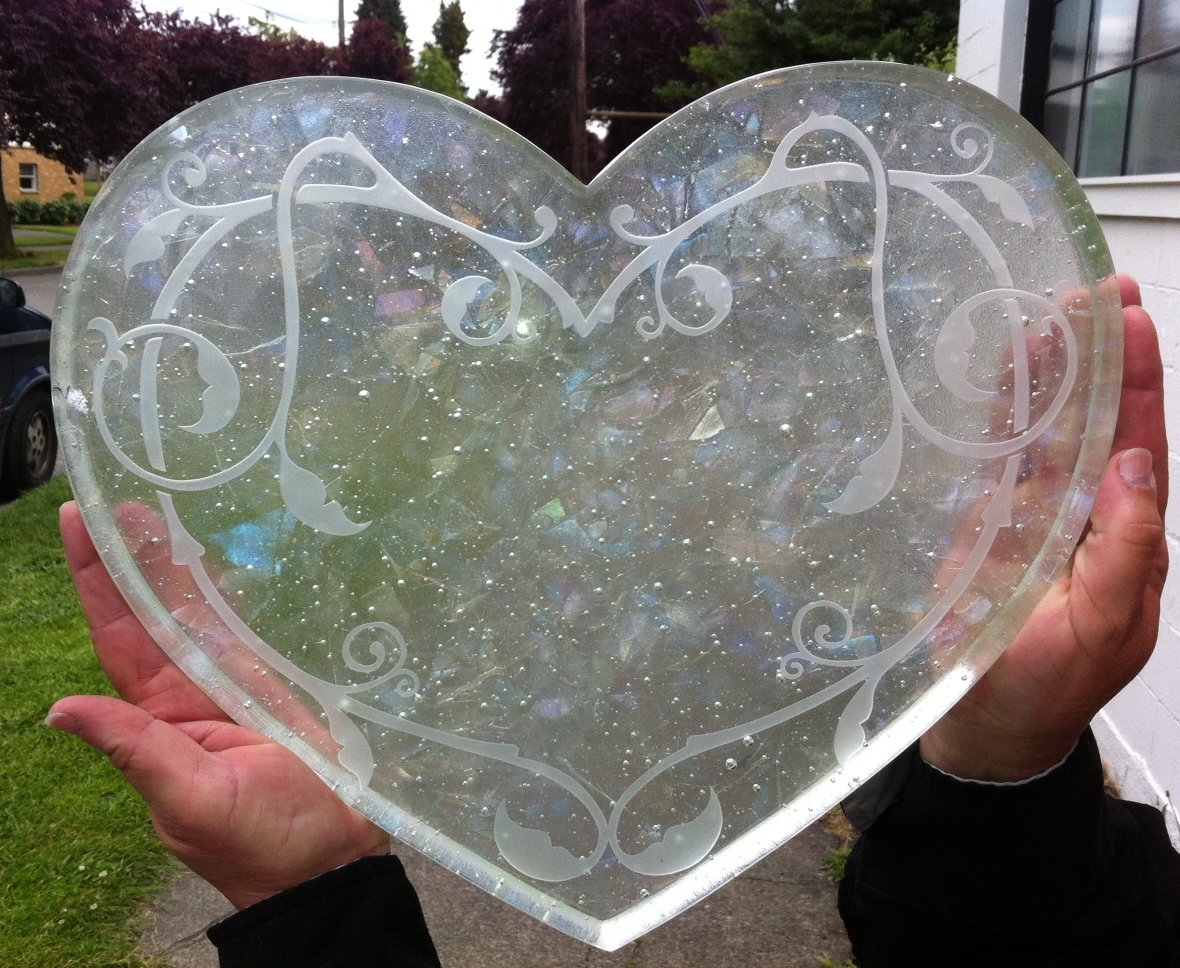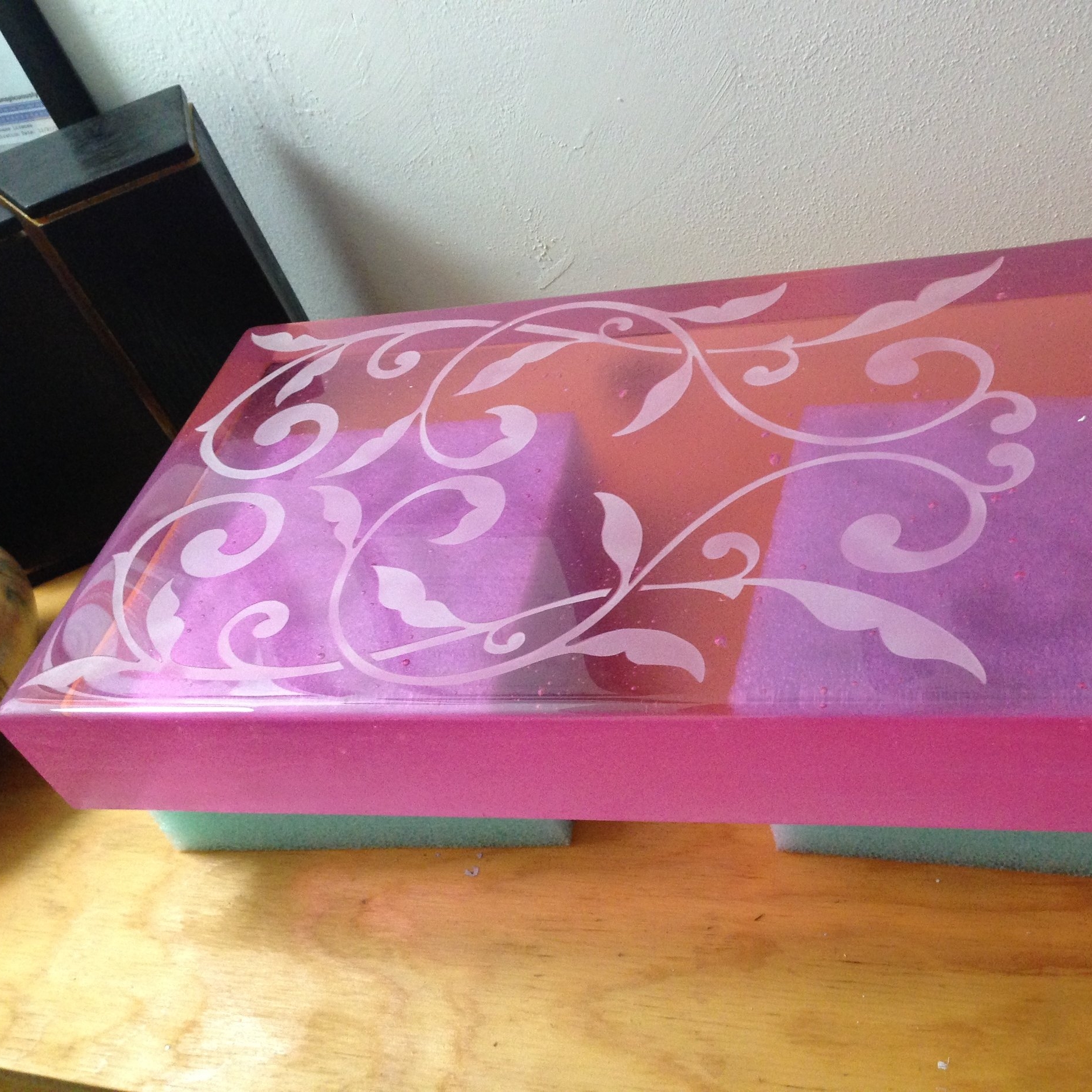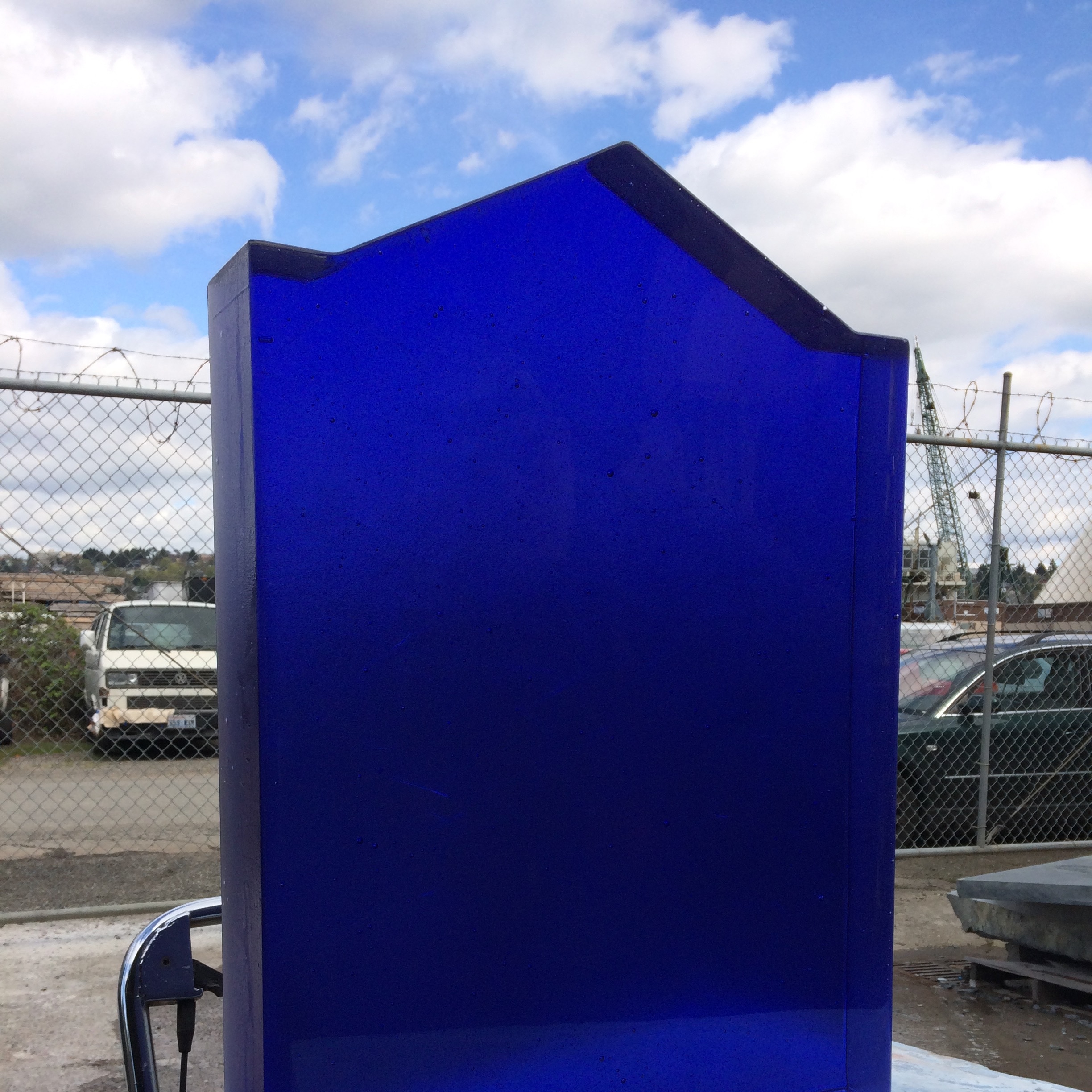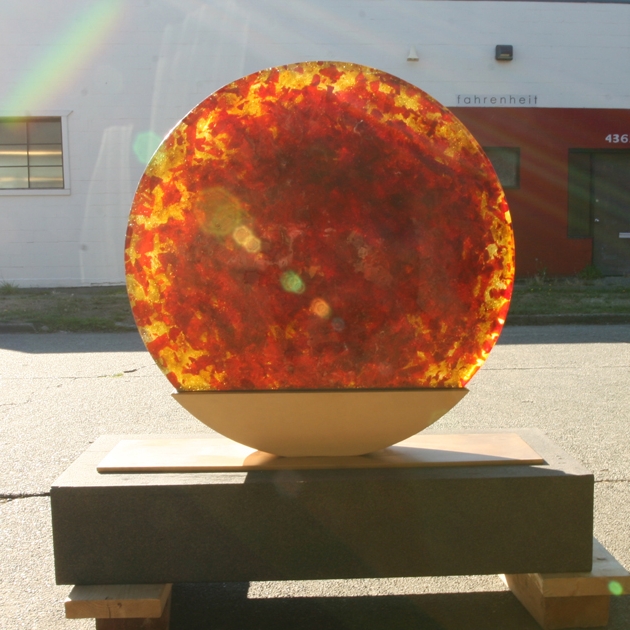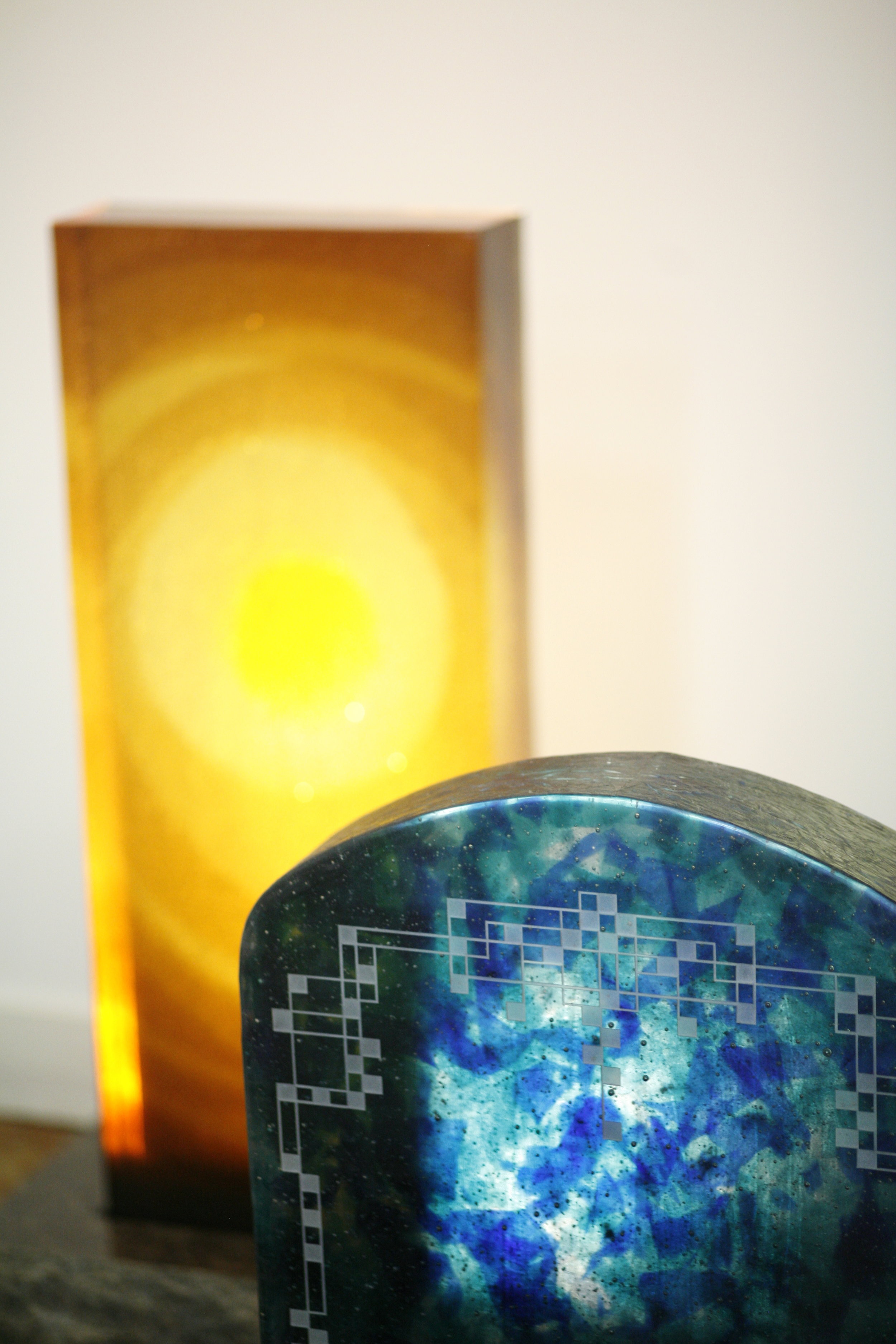Collaboration
Designer Greg Lundgren views the design process as a collaboration. He is happy to create original designs for your consideration and tailor to your directions and needs. It is this back-and-forth dialog that results in the most thoughtful, and appropriate finished memorial. We welcome your ideas, designs and direction. We will keep drawing and refining a design until it is just right. Our work is designed to last forever; let’s take our time and get it right the first time.
what does your last home look like?
We view memorials and urns as architecture for the departed. It is the last place we live and it lasts until the end of time. So let’s give it some real thought and consideration. It is often our last opportunity to introduce art and beauty into the world, and to leave something brilliant and magical behind is a kind and generous act.
Hand-drawn and Hand-etched
We pride ourselves as artists and designers. Greg Lundgren uses a drafting table and mechanical pencils to create something truly handmade and one-of-a-kind.
Diversifying Materials
We design in bronze, stainless steel, granite and cast glass. It’s not that one is “better” than the other, it’s about providing alternatives to all-granite memorials and introducing color and light into a memorial; it is about providing greater choice. In our experience, sometimes the best designs incorporate stone, metal, and glass.
When the Color has to be Just Right
Custom colors are a welcome and exciting territory to explore. Often, we will make a sample for the family to ensure that the mix and density of color is just right. We work with about one hundred unique glass colors that can be mixed, crushed, layered and deepened depending upon the project and our clients’ direction. Sometimes one solid color is preferred, sometimes five or six different colors will be mixed to achieve the perfect look.
Making Samples
When you are looking for a mix of colors or something specific, it is often best for us to make a sample for your review. Since each project is one-of-a-kind, we often make things that have never been made before. The ability to visualize this through samples is the best way to understand and calibrate color.
It's not for Everybody
We understand that a lot of people don’t want a glowing pink headstone. Maybe what we do is too colorful, too positive, too much fun. Death is, after all, a difficult and often devastating reality to bear. We understand that we aren’t for everyone.
But, for those that like the idea of a glowing pink headstone, or a rainbow, or a splash of purple, or blue, or red - we are here to help. For those that always stood out in a crowd, we’ve got you covered.
How it’S mADE
The Glass Process… it's like Baking Cookies
Well… kind of. We do use a big oven and cast glass into molds, but our temperature is 1500 degrees and it can take weeks for the glass to cool back down. There are many ways to cast glass, but all of our projects are handmade and cast in an electric computer-controlled kiln. It really is like baking. We know the recipe and the temperature, but each mold inside the kiln melts and settles in an original way, not unlike a chocolate chip cookie. When the kiln opens, we are as excited as kids to see the transformation that has happened. No two pieces look alike. Each slab of cast glass is like no other and has its own unique personality. Sound like someone you know?
Sometimes the glass is crushed and placed in a mold like a bowl of potato chips. Sometimes we cut and stack layers to create graphic pattens within the glass. And sometime we load in glass billet like candy bars to reduce the number of bubbles. When the glass is melted together, all it needs is a little sunshine to make it glow.
Fun Fact!
Did you know that glass and granite belong to the same family? They are both super-saturated silicas, so close to each other that one can grind granite into a dust and blow glass with it. Certainly, they look much different, but in reality, they behave very similar to one another, and employ the same tools to cut, etch and polish.
How Glass is Anchored
Cast glass can be incorporated in one of two ways - directly set into a granite plinth, or anchored into a bronze or stainless-steel sleeve. It is important that expansion and contraction can take place, as temperature and moisture vary from season and geographic location.
Creating Patterns Inside the Glass
We can construct glass in layers, cutting and stacking sheets of clear and colored glass - almost like building a sandwich. The process allows for crisp, dimensional patterns and overlapping colors. Once the mold is packed, the glass is melted and becomes one solid slab, but on edge you can still see the layers. It is more laborious, but a very special way to cast colors.
Champagne Bubbles
When casting solid colors, we often stack colored art glass in layers, and melt them together to form one solid slab. This process traps thousands of tiny bubbles within the glass, something we call champagne bubbles due to their size and uniformity.




